 Written by Mike Price, OT
Written by Mike Price, OT
The terms “sensory processing” and “sensory integration” are becoming hot topics in the medical and therapeutic fields. Whether discussing typical or atypical behavior, these phrases refer to the processes in the brain that allow us to take in sensory information from our environment, make sense of that information, and respond appropriately.
Oftentimes, we hear these descriptors attached to children with autism or ADHD, but the truth is that problems with sensory integration can span an entire lifetime. According to one study, somewhere between 5-16% of the population is likely affected by a sensory processing disorder.

So what happens when sensory integration goes awry and our brain incorrectly responds to incoming information? For many, this can lead to “sensory overload.” causing them to be overwhelmed, upset, and even exhibit inappropriate behavior. Sensory integration challenges differ from sensory issues, like hearing loss or vision loss, and can significantly impact an individual’s independence and quality of life.
Treatment of sensory processing disorders is multi-faceted and includes occupational therapy, psychological treatments, and day-to-day sensory activities. These daily activities can be accomplished with adult sensory toys, many of which we will explore today.
Adult sensory toys can take many forms, ranging from tactile games to fidget spinners. Although often referred to as toys, they are really more of a tool that helps users manage their responses to sensory input and maintain their “state of calm.” While the variety of products is extensive, the commonality between all these toys is that they engage the senses in some way. Whether you are neurotypical or show some challenges with sensory processing, there is a good chance you could benefit from the input provided by these devices during stressful or overwhelming times in your life.
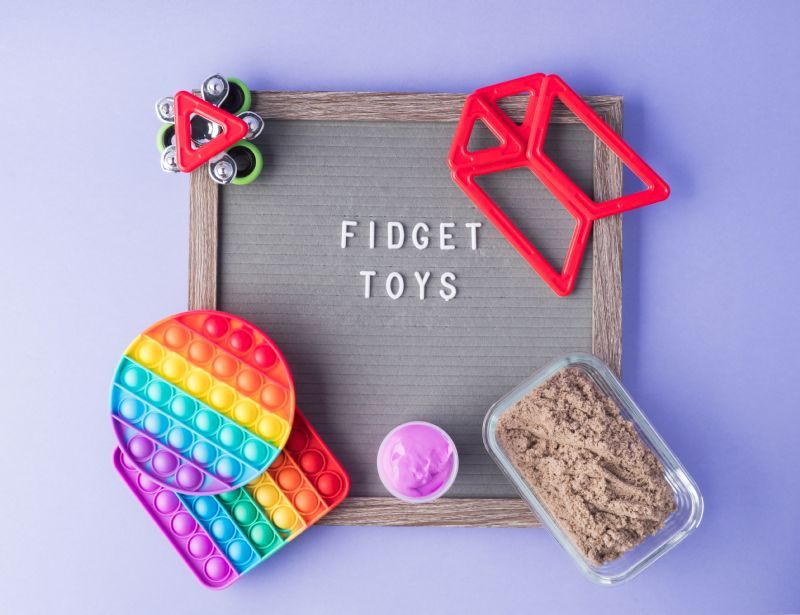
We all have different ways of processing sensory input that make us unique. When the processing and integration of these inputs become dysfunctional, it can lead to several undesirable responses, including an increase in stress levels, impaired coordination, and even reduced pain thresholds. Our brain is made to protect us, but when things become disorganized or stressful, it will release chemicals that lead to fight or flight responses. Sensory tools are designed to help relax and refocus the mind and provide a safe and effective outlet for restlessness and agitation. They are generally portable and inexpensive and serve as a complement to sensory integration therapy and other professional approaches. Besides sensory processing disorders, they can help soothe individuals with autism and ADHD amongst other conditions.
Adult sensory toys come in all different forms and shapes. Understanding your triggers can help you identify when you may need to employ some of these tools to help keep your body in a calm state of being. The ultimate goal is to be able to identify your stressors and employ safe and effective strategies to control your system before an unwelcome response occurs.
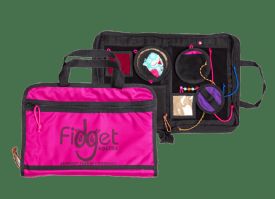 | Fidget Folder Sensory Tool Bundle View Product |
Perhaps the most well-known sensory toys are fidget toys. These products come in the form of spinners and cubes and are a great way to provide your brain with sensory input throughout the day. They are small and can be used in the palm of your hand, giving users a great option when looking for something discrete.
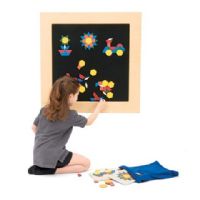 | Puzzle Panel Tactile Sensory Toy View Product |
A second category of sensory toys is tactile puzzles. Great for exploring various tactile sensations, they provide desired inputs all while keeping the mind sharp through cognitive stimulation.
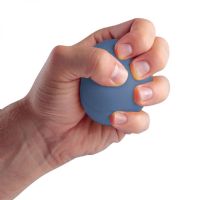 | Squeeze Ball Hand Exerciser View Product |
For those looking for a stress reliever, ball and squeeze toys allow people to explore both deep sensory input and their physical strength and dexterity. Balls of all shapes and sizes can be rolled on the body, manipulated in the hand, or used for fidgeting.
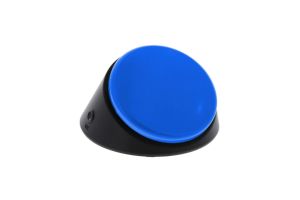 | Big Talk Assistive Technology Communicator View Product |
Typically used for individuals with learning or speech disabilities, adaptive communication devices can also aid in the treatment of sensory integration issues. By reducing sensory overload, these products let users practice communication in a safe and approachable environment.
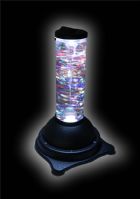 | Musical Twister Adapted Light Toy by Enabling Devices View Product |
Finally, for those struggling with processing visual stimuli, light-up toys can enhance a user’s attention span and can be used as a backlight for writing activities. With many products offering a combination of bright light and engaging music, these are ideal for multi-sensory stimulation in an appropriate and digestible form.
Adult sensory toys are a great strategy to help individuals manage their sensory processing difficulties. Participating in actions and activities that make us feel secure and comfortable can help regulate our overall well-being and help us operate and interact at our best. We all deserve to achieve our highest potential. If you’re suffering from a sensory processing disorder or simply looking to achieve an optimal state of being, consider a product to target your sensory processing centers and give your brain the input it craves and deserves.
For more information on sensory-related products and tools check out our entire listing of products here. While you’re browsing, feel free to explore Caregiver University, our expert-curated content portal that helps you make the most informed and confident medical buying decisions.

Co-Founder of Rehabmart and an Occupational Therapist since 1993. Mike has spent his professional career working in multiple areas of Occupational Therapy, including pediatrics, geriatrics, hand therapy, ergonomics and inpatient / outpatient rehabilitation. Mike enjoys writing articles that help people solve complex therapeutic problems and make better product choices.